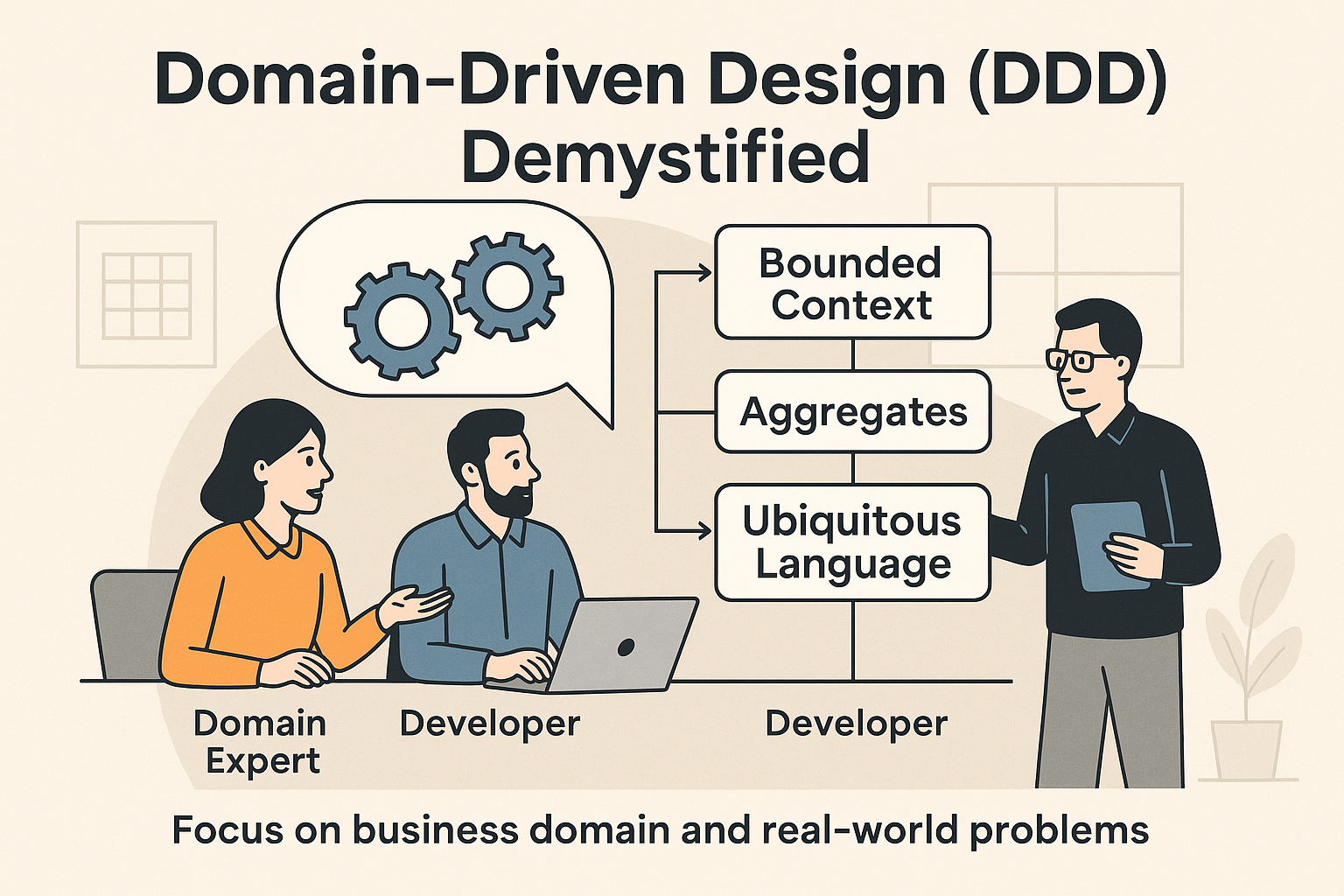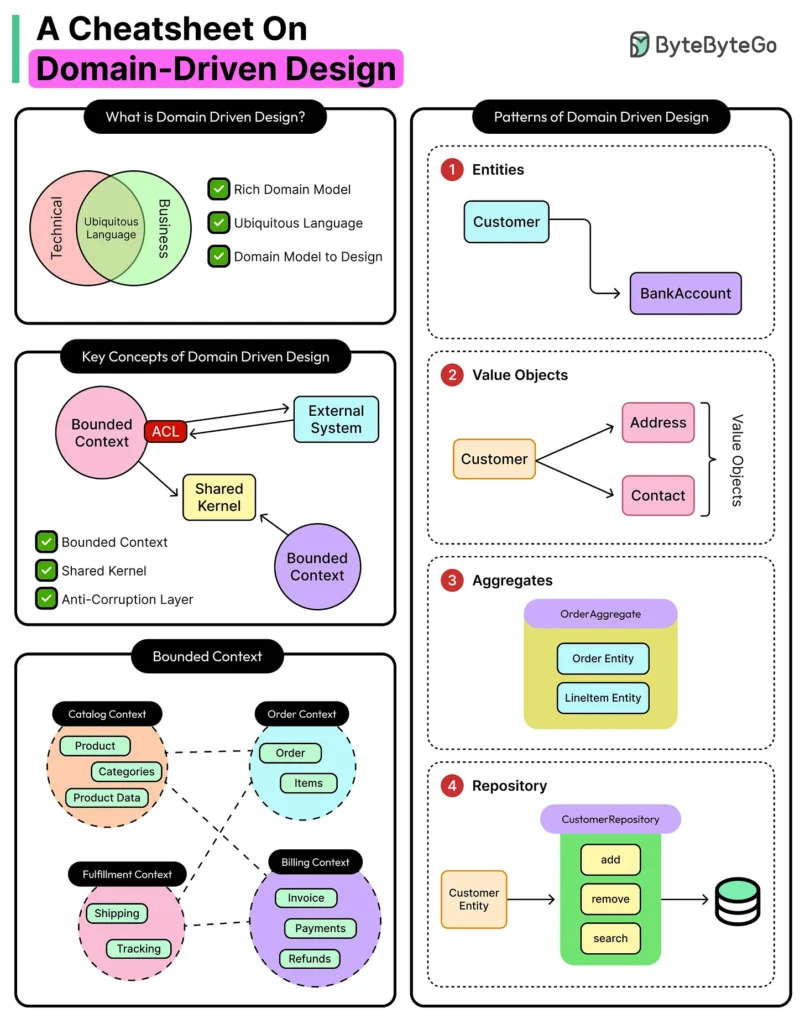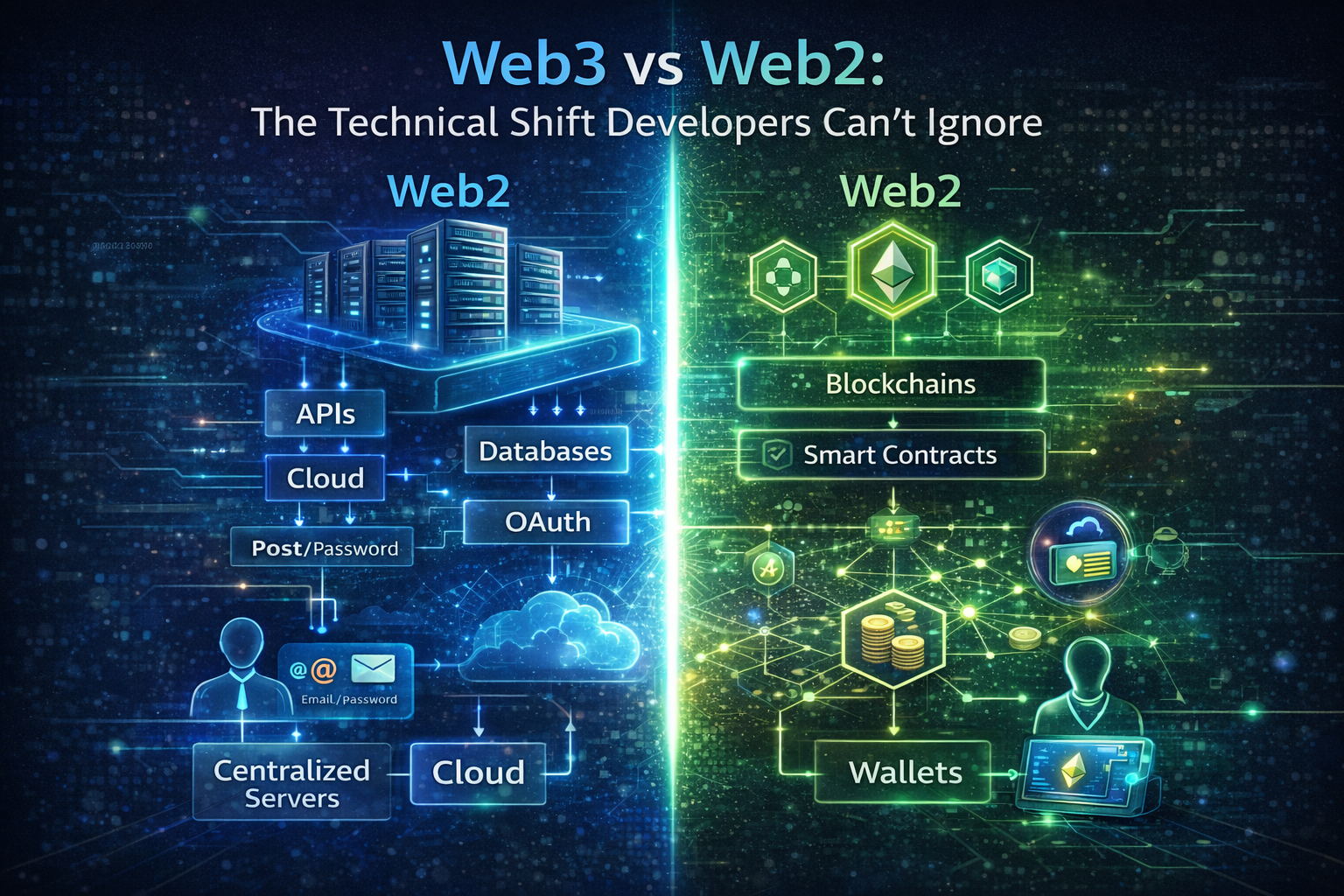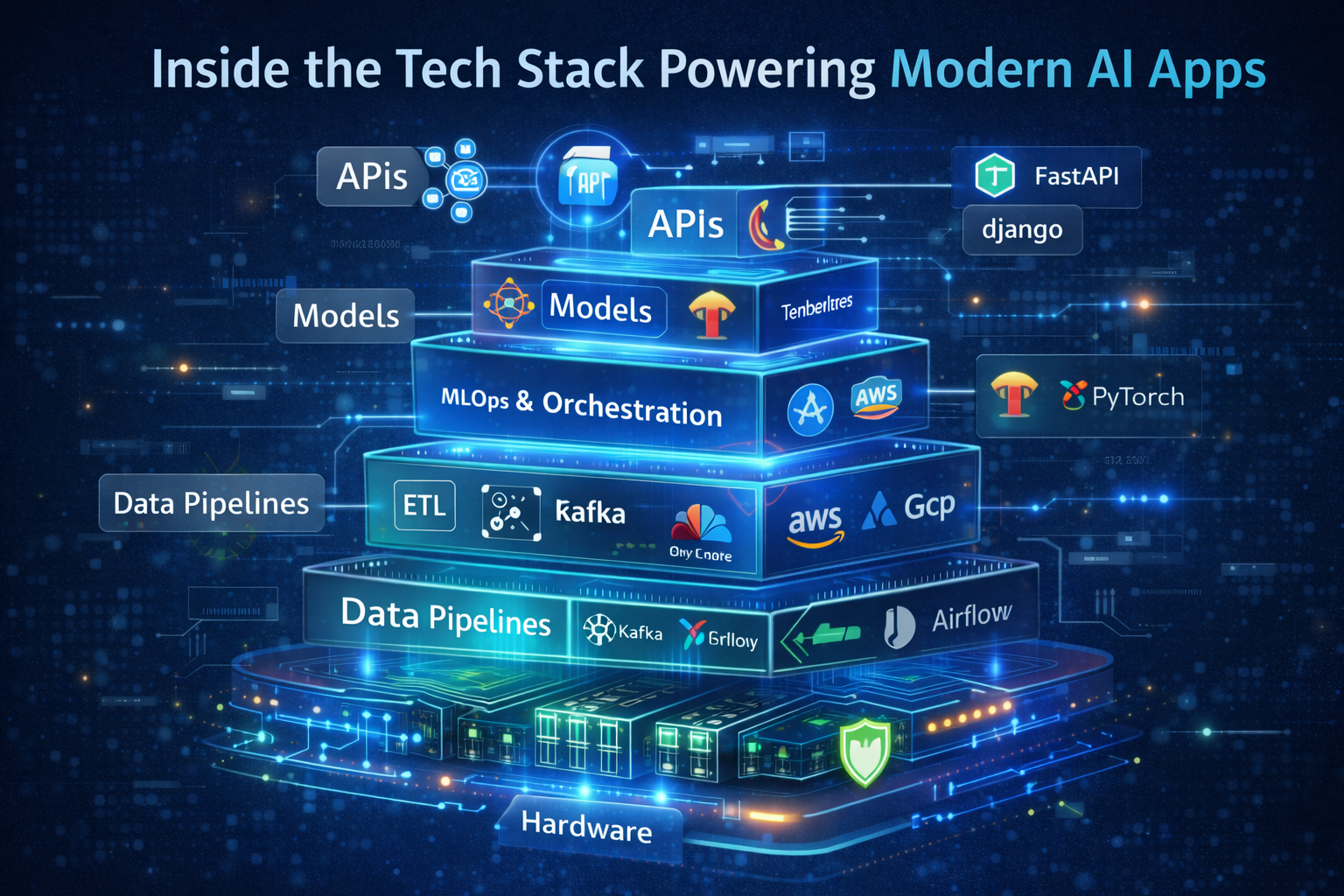Domain Driven Design (DDD) Explained: Building Software That Actually Solves Business Problems

When software systems collapse under their own weight, it’s rarely because someone miswrote an if statement or missed a semicolon. The real culprit? A breakdown between technology and the business domain it’s meant to serve – Domain Driven Design.
🚨 Why Software Fails Without Domain Focus
Over time, many systems get cluttered with assumptions that no longer hold true. Features get bolted on without revisiting the core business goals. Teams operate in silos, disconnected from the very problems they’re supposed to solve.
At its heart, this isn’t a technology problem—it’s a modeling problem. That’s where Domain-Driven Design (DDD) steps in.
What is Domain-Driven Design (DDD)?
Domain-Driven Design is a software development philosophy that places the business domain—not databases, frameworks, or APIs—at the center of design decisions.
Rather than gathering requirements once and disappearing into a backlog, DDD insists on continuous collaboration with domain experts. It pushes teams to create models that:
- Represent the real-world business logic,
- Are easy to communicate,
- And are flexible enough to evolve as the domain itself changes.
This discipline helps teams avoid “accidental complexity” and stay laser-focused on delivering actual business value.

Core Concepts of DDD
Let’s break down the building blocks that make DDD effective:
1. Bounded Contexts
A Bounded Context defines the boundaries within which a particular model applies. Inside the context, terms and rules have clear, specific meanings.
- Example: The word “order” might mean a pending cart in an e-commerce context and a completed sale in a billing system. Bounded Contexts ensure those meanings don’t get mixed up.
Tip: Clear context boundaries prevent miscommunication and allow teams to move faster without stepping on each other’s toes.
2. Aggregates
An Aggregate is a cluster of domain objects that are treated as a single unit for data changes. It ensures consistency within its boundaries.
- Example: An Order and its associated OrderItems could be modeled as a single Aggregate.
Tip: Aggregates control how data changes occur, helping to maintain business rules and data integrity.
3. Ubiquitous Language
Ubiquitous Language is the shared vocabulary used by developers, testers, business analysts, and domain experts alike.
- Example: If the business talks about “canceling an order,” your codebase should reflect that exact term—no “terminateTransaction” shorthands!
Tip: Embedding real-world terms in the code avoids translation gaps between business and tech teams.
How DDD Fits Into Real-World Systems
DDD is not limited to a particular architecture. Whether you’re working on a monolith, a microservice ecosystem, or a hybrid, DDD principles can guide sustainable system design.
In microservices, Bounded Contexts often become individual services.
In a monolith, Bounded Contexts might be modular divisions inside a single codebase.
What’s important is not the tech stack but how faithfully the system mirrors the business domain.
When (and Why) DDD Matters
Use DDD when:
- The domain is complex and constantly evolving (finance, healthcare, logistics).
- Multiple teams are involved in overlapping system parts.
- You need to reflect real-world behavior, not abstract constructs.
- You want your codebase to stay adaptable as business needs change.
DDD: Not a Silver Bullet, But a Sharp Tool
DDD won’t write your code.
It won’t magically fix a messy monolith.
But it provides clarity, defines evolution-friendly boundaries, and fosters deep alignment between technical and business teams.
When applied correctly, DDD leads to software that stays useful even as business landscapes shift—a rare and valuable outcome.
Final Thoughts
Domain-Driven Design brings discipline, precision, and collaboration back to software development. It reminds us that the most successful systems are those that stay true to the business problems they were created to solve.
If you’re building systems that must evolve and scale without crumbling under complexity, DDD is no longer optional—it’s essential.
Read more🌐 about latest Tech updates on out Technology and Learning labs Category Section
#DomainDrivenDesign #DDD #SoftwareArchitecture #BoundedContexts #UbiquitousLanguage #SoftwareModeling #SystemDesign #Microservices #TechLeadership #SoftwareEngineering



